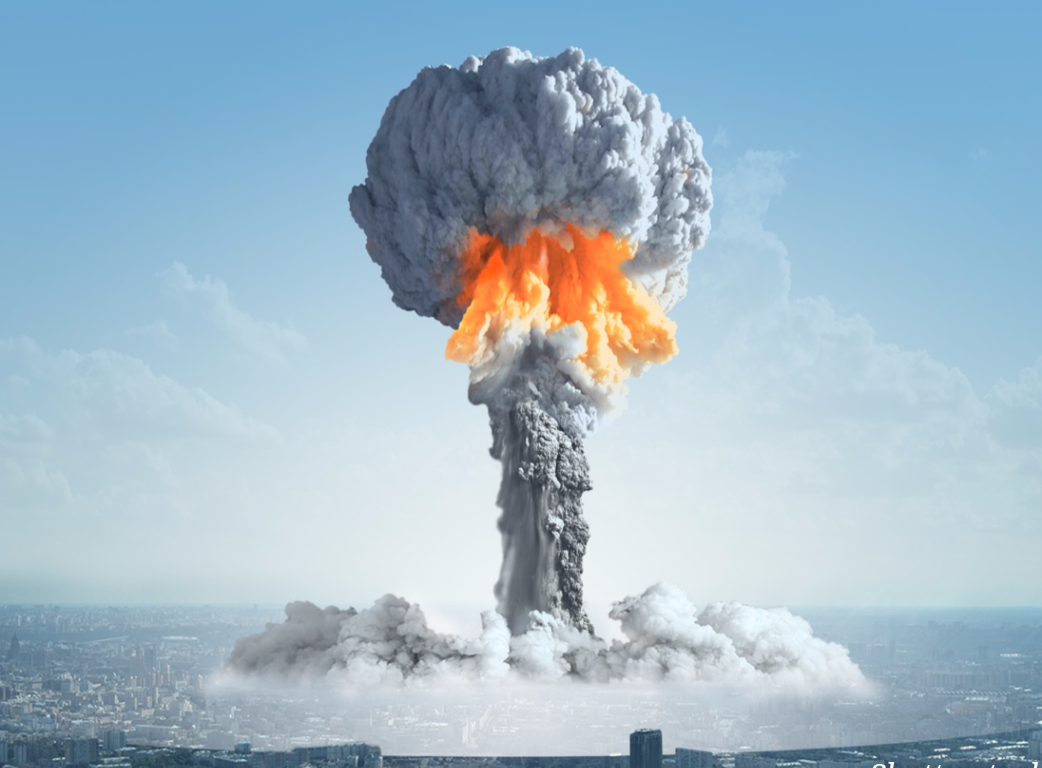
A representation of an atomic bomb detonating in a city.
A little atomic bomb set off by a fear based oppressor is one of 15 fiasco situations the US government anticipates.
Such an impact would make radioactive aftermath, which could execute or hurt individuals numerous miles away.
If you somehow managed to survive an atomic assault, you should take protect inside, stay put, and tune in to a radio for directions.
Protecting from aftermath could spare countless lives in a city.
The Cold War finished in 1991, yet the approaching danger of atomic assault lives on with more than 14,900 atomic weapons employed by nine countries.
A psychological oppressor caused atomic explosion is one of 15 catastrophes situations that the national government keeps on getting ready for with state and city governments - to be safe.
"National Planning Scenario No. 1 is a 10-kiloton atomic explosion in an advanced US city," Brooke Buddemeier, a wellbeing physicist and master on radiation at Lawrence Livermore National Laboratory, disclosed to Business Insider. "A 10-kiloton atomic explosion is equal to 5,000 Oklahoma City bombings. In spite of the fact that we call it 'low yield,' it's a lovely darn enormous blast."
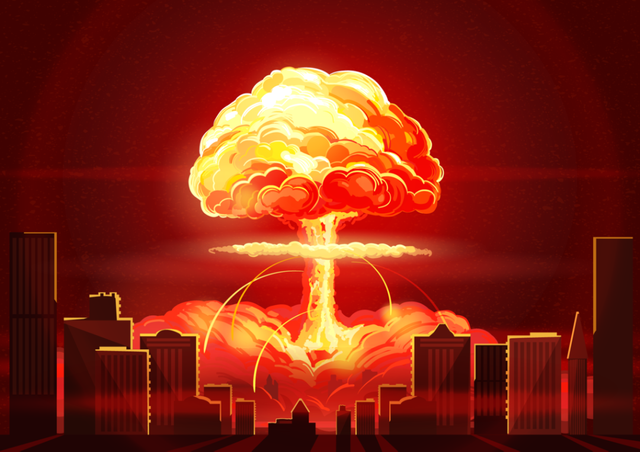
Buddemeier said the probability of such an assault was "one of these things that progressions with time."
Be that as it may, it's not an unwarranted worry, with the multiplication of fissile atomic material and kiloton-class weapons in stores.
In the event that an atomic explosion were to happen, and you some way or another dodged the burning splendid glimmer, pounding impact wave, and ignitable fireball, Buddemeier says one basic thing could expand your chances of survival.
"Safe house, protect, shield," he said. "A similar place you would go to shield yourself from a tornado is an incredible place to go."
What you'd be escaping is sandy and lethal, and it would land in minutes.
The risk of radioactive aftermath
A fearsome eventual outcome of atomic impacts is aftermath, which is an intricate blend of parting items (or radioisotopes) made by part molecules.
A considerable lot of these splitting items rot quickly and transmit gamma radiation - an imperceptible yet profoundly lively type of light. Presentation to excessively of this radiation in a brief timeframe can harm the body's phones and its capacity to settle itself, which is a condition called intense radiation infection.
"It likewise influences the insusceptible framework and your capacity to battle diseases," Buddemeier said.
Just extremely thick and thick materials, in the same way as other feet of earth or creeps of lead, can dependably stop the gamma radiation produced by aftermath.
atomic aftermath sand soil particles.
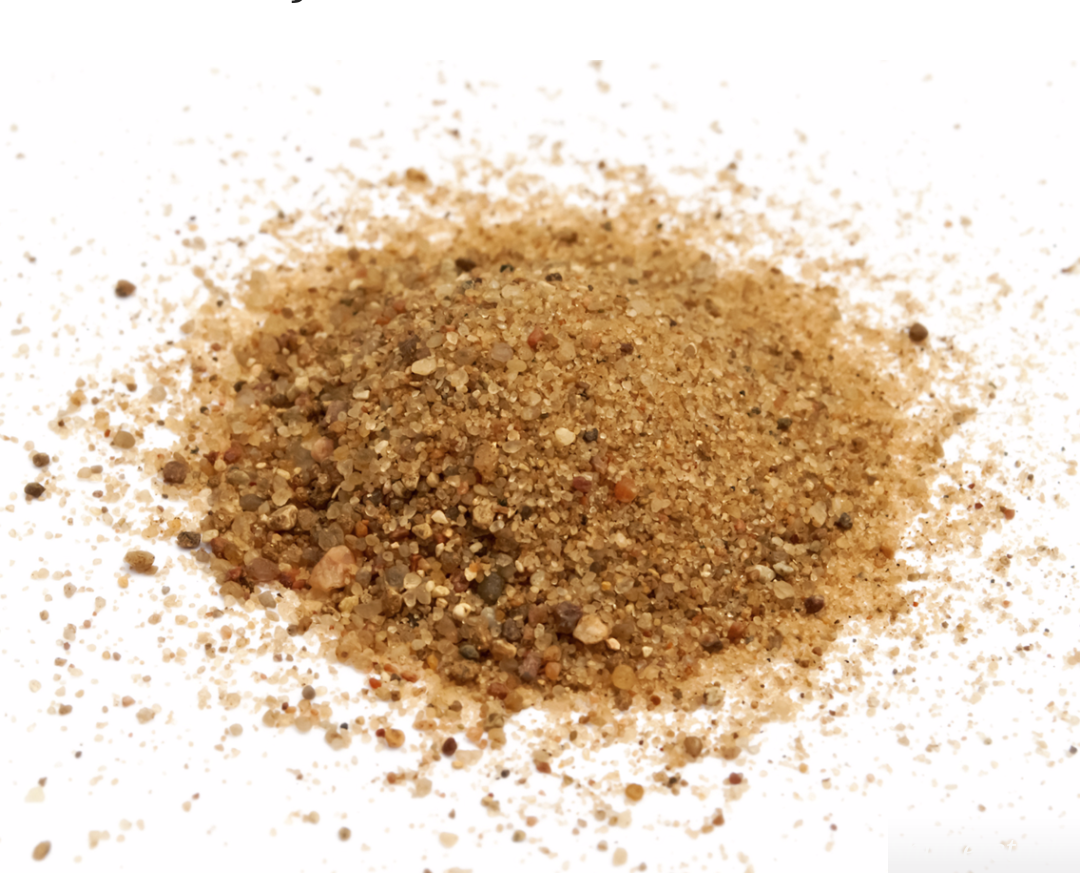
"The fireball from a 10-kiloton blast is so hot, it really shoots up into the air at more than 100 miles for every hour," Buddemeier said. "These parting items blend in with the soil and flotsam and jetsam that is drawn up into the environment from the fireball. ... What we're discussing is 8,000 tons of earth and trash being drawn up into this cloud."
The gamma-shooting aftermath can hang more than five miles into the air. Bigger lumps and pieces rapidly rain down, yet the lighter particles can be sprinkled over removed regions.
"Close into the [blast] site, they might be somewhat bigger than golf-ball-measure, in any case what we're discussing are things like salt-or sand-estimate particles," Buddemeier stated, including that aftermath doesn't take after snow or clean, as motion pictures frequently portray. "It's the infiltrating gamma radiation falling off of those particles that is the peril."
An auto is the slightest perfect place to protect for an assortment of reasons, Buddemeier says.
For one, "your capacity to know where the aftermath's going to go, and surpassed it, are - well, it's far-fetched," he stated, on the grounds that it would be conveyed by high-height twists "regularly reserving along at 100 miles for each hour."
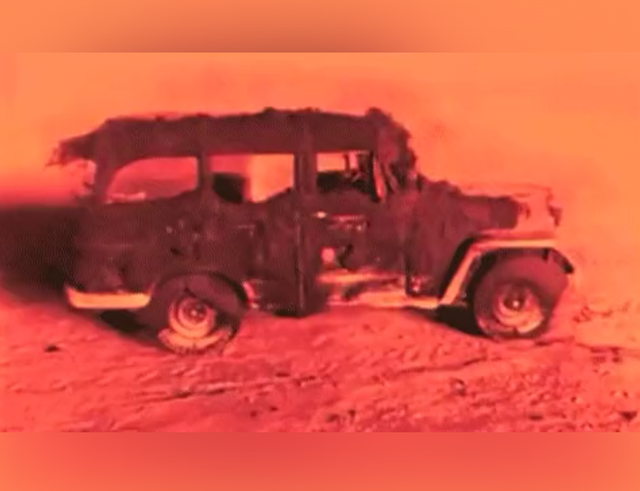
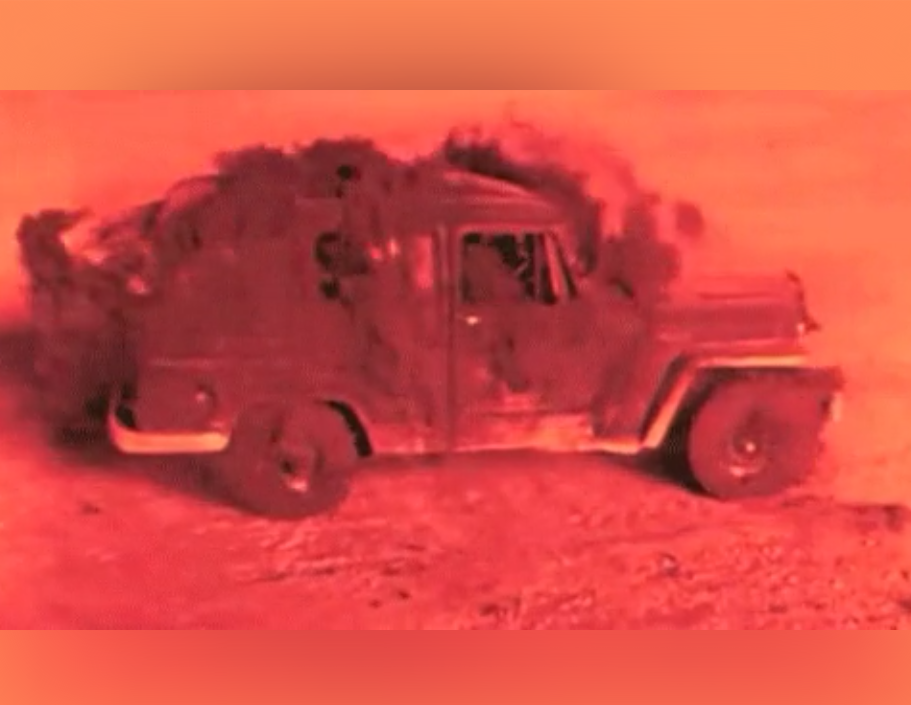
Additionally, boulevards would likely be loaded with flighty drivers, mischances, and flotsam and jetsam, and a few vehicles may not work due to a peculiar impact called electromagnetic heartbeat, or EMP.
In any case, above all, you shouldn't "accept that the glass and metal of a vehicle can secure you" from aftermath, Buddemeier says. "Present day vehicles are made of glass and light metals, and they offer no security. You're recently going to sit on a street somewhere" and be uncovered.
A greatly improved haven would no doubt be inside a brisk walk or keep running of wherever you might be, Buddemeier says, and "the planning is critical."
Where you should protect from aftermath
Your absolute best at survival after an atomic debacle is instantly get into a "powerful structure" and remain there. Buddemeier is an aficionado of the mantra "go in, remain, in order in."
"Get inside ... furthermore, get to the focal point of that building," he said. "On the off chance that you happen to approach subterranean regions, getting subterranean is incredible."
Other than autos, the poorest sanctuaries are made of wood, mortar, and different materials that wouldn't shield much radiation - around 20% of houses fall into this classification. Better asylums, for example, schools and workplaces, are made of blocks or concrete and have few or no windows.
Soil is an extraordinary shield from radiation, Buddemeier says, so dodging into a home with a half storm cellar would be superior to going into a place with no cellar by any stretch of the imagination.
condo building house radioactive aftermath shield security quality level llnl bruce buddemeier
The assurance factor that different structures, and areas inside them, offer from the radioactive aftermath of an atomic impact. The higher the number, the more prominent the assurance.
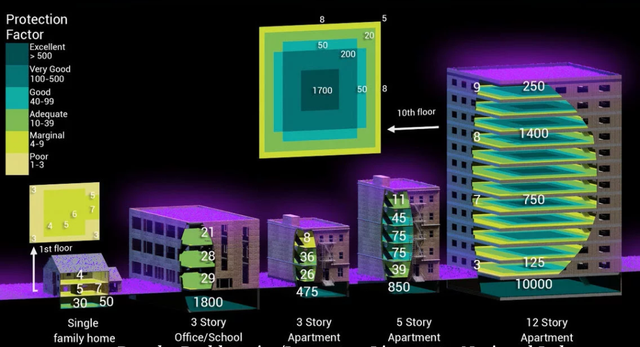
Next, "remain in 12 to 24 hours," he said.
The motivation to hold up is that levels of gamma and other radiation tumble off exponentially after an atomic impact, as hot radioisotopes rot into stable molecules. This gradually recoils the unsafe aftermath zone - the zone where high-height winds have dropped the most radioactive splitting items.
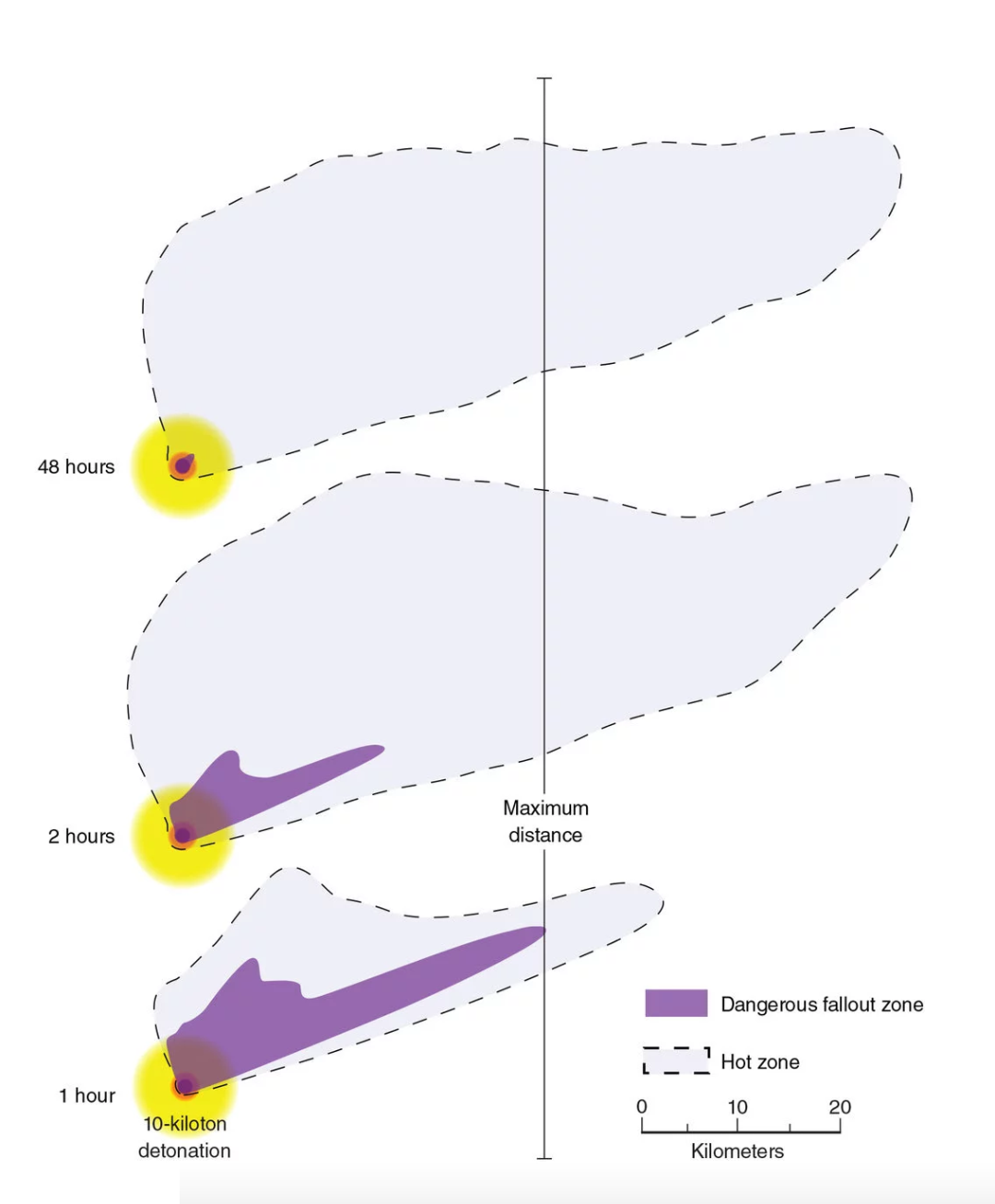
atomic blast aftermath radiation peril zones rot bruce buddemeier llnl
The perilous aftermath zone (dim purple) contracts rapidly, while the considerably less hazardous hot zone (black out purple) develops for around 24 hours before contracting back.
A current report by Michael Dillon, a partner of Buddemeier's at LLNL, recommends that moving to a more grounded asylum or cellar may not be an awful thought on the off chance that you at first dodged into a feeble one. Be that as it may, whatever structure you're moving to ought to be under five minutes away. (In spite of the fact that in case you're near the impact site, stay put in whatever you can discover.)
Presently WATCH: The most powerful expression in the human dialect
At long last, tune in.
"Attempt to utilize whatever specialized devices you have," Buddemeier stated, including that a hand-wrenched radio is a decent question keep at work and home, since crisis suppliers would be communicating guidelines, following the aftermath cloud, and recognizing where any sheltered passages for escape could be.
In spite of the fearsome energy of an atomic EMP, which can possibly harm hardware, "there is a decent shot that there will be a lot of working radios even inside a couple of miles of the occasion" that could give "data on the most secure methodology to keep you and your family protected," Buddemeier said.
Buddemeier says he trusts nobody will ever need to follow up on his recommendation. Be that as it may, if individuals could discover great safe houses, he says, the blow of a calamity could be mellowed.
"We will be unable to do much about the impact setbacks, since where you were is the place you were, and you can't generally change that. In any case, aftermath losses are altogether preventable," he said. "In an extensive city ... recognizing what to do after an occasion like this can truly spare a huge number of individuals from radiation sickness or fatalities.
Atom bomb
Downvoting a post can decrease pending rewards and make it less visible. Common reasons:
Submit
ya this is really called the world destroyer
Downvoting a post can decrease pending rewards and make it less visible. Common reasons:
Submit